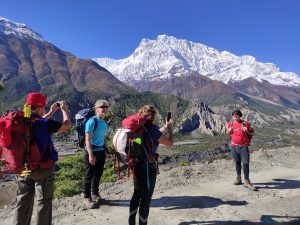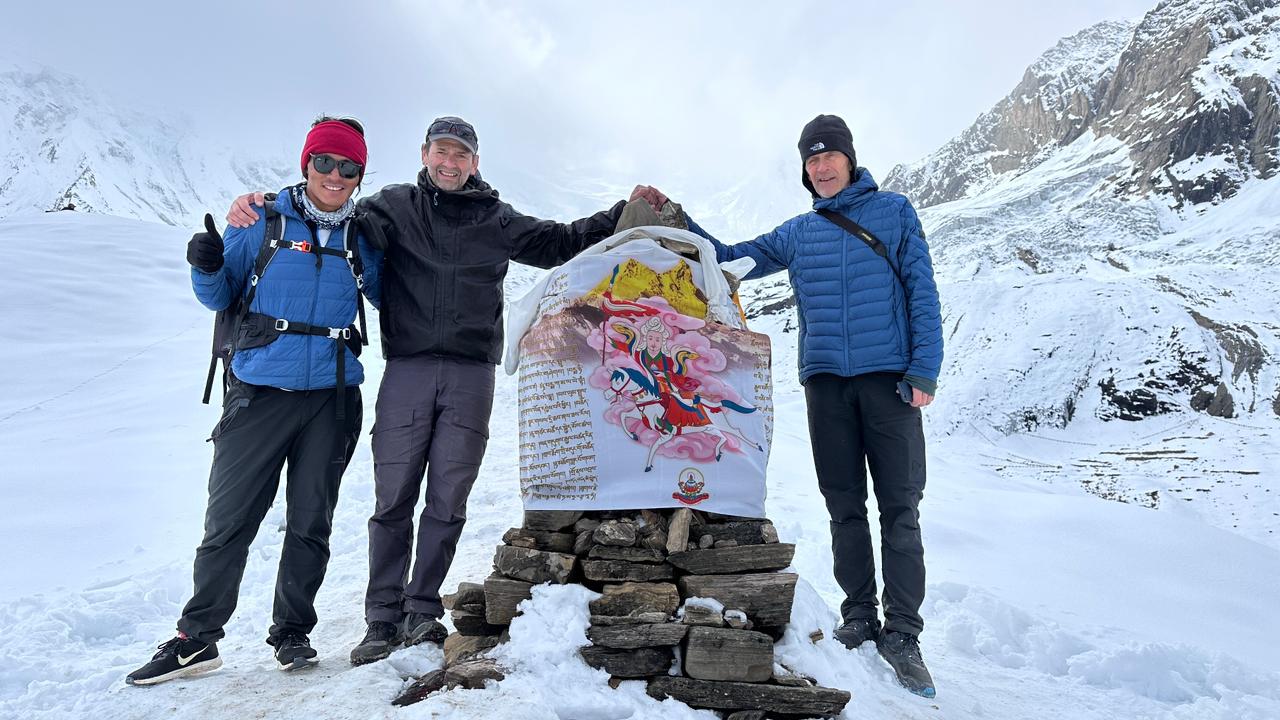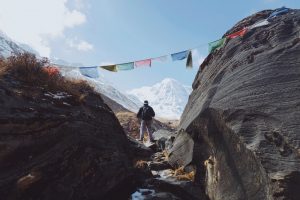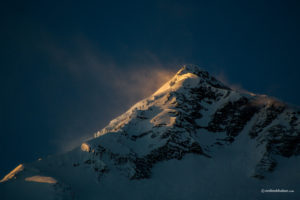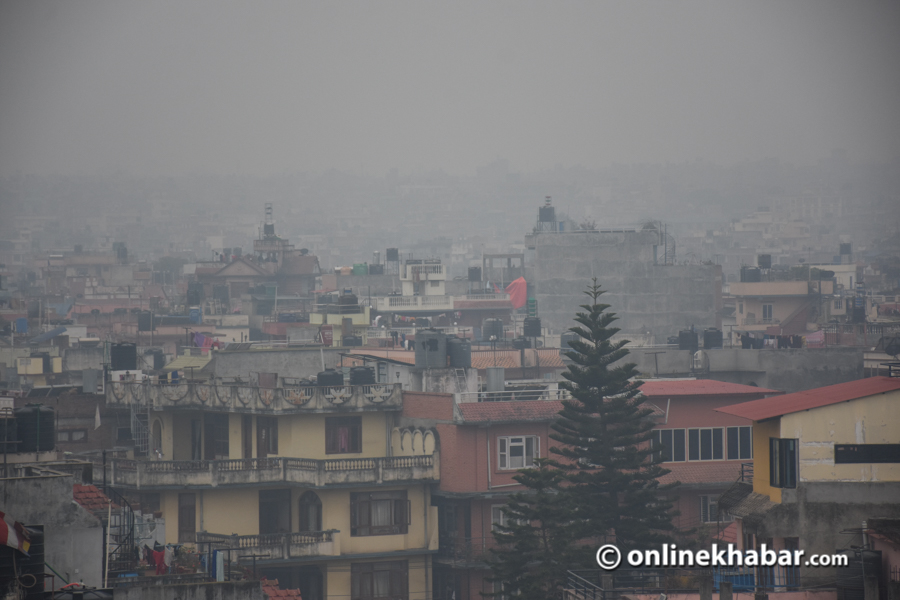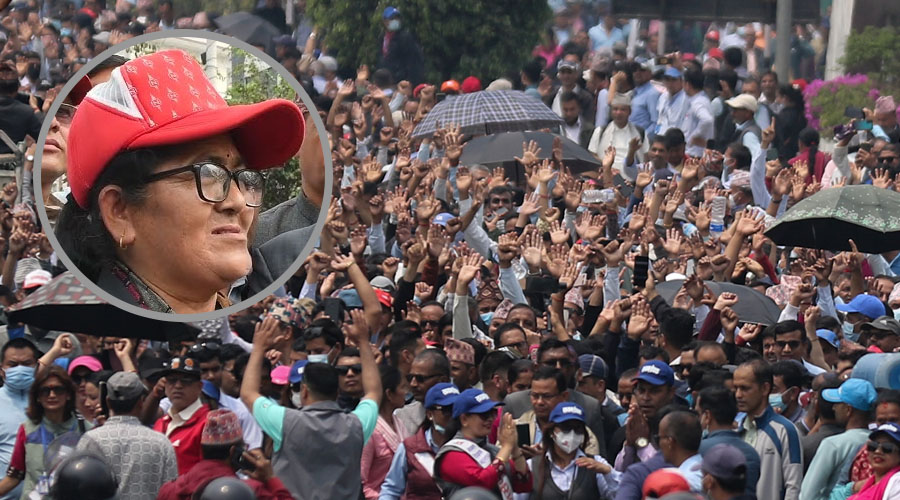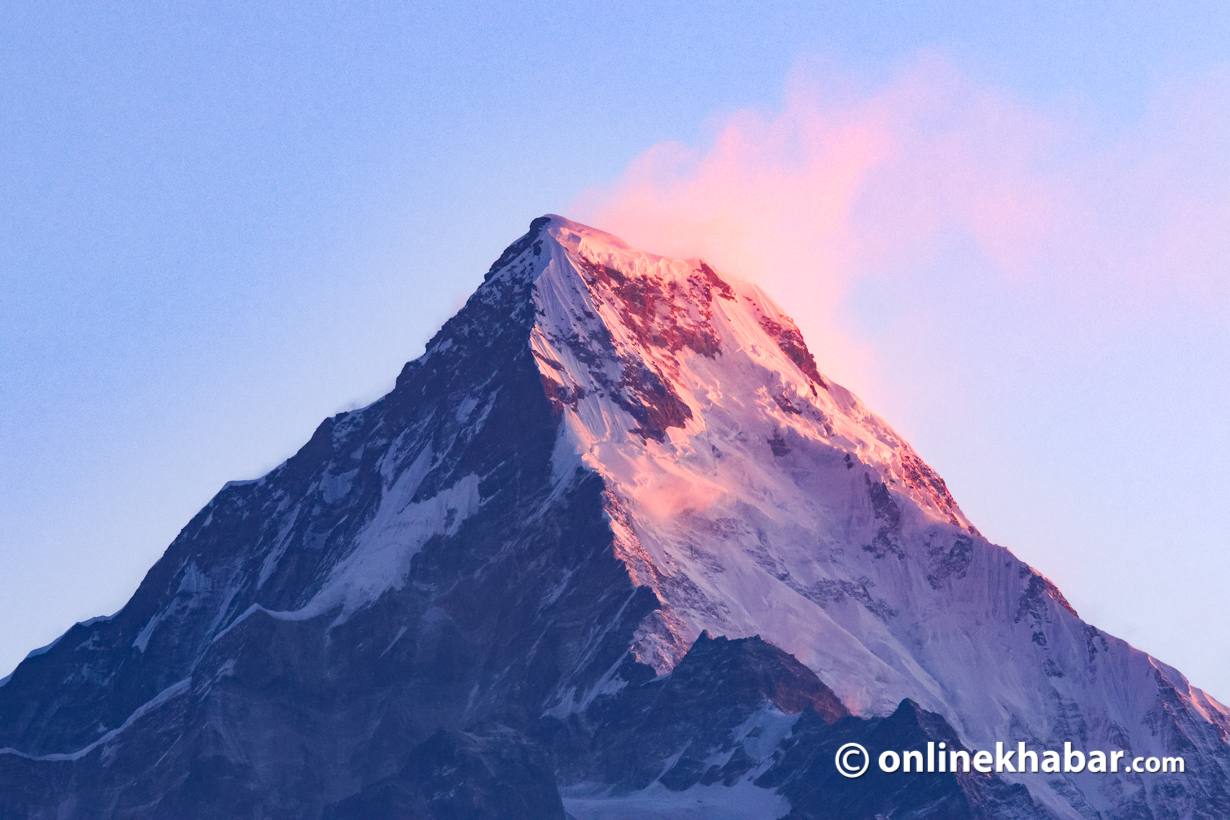
In 1997, the complete Annapurna Circuit Trek was first opened to tourists. The walk began from Besisahar, and they hiked up to Manang village. Then, after climbing over the famous Thorng La pass at 5,316m, the route entered the Mustang District. From Mustang, tourists walked for one more week down to Beni Bazaar, the district headquarters of Myagdi District. This used to be a very famous and long trekking route for international tourists.
Now, this is only three days of walking. The travellers can get an SUV from Besisahar up to Manang. And in just three days, they cross the Thorong La pass, meeting up with another road network in Mustang. And that’s it. All the exposure and business that could have been made in 23 days is now gone in just three days.
The consequences
One single tourist spends almost Rs 3000 per night for food and accommodation only. If the trek had been 23 days, that would have made Rs 69,000 from each tourist, going directly into the hands of local people. For guides, porters, and transportation, they would spend another Rs 1,20,000. Considering that the Nepal Tourism Board has recorded that Rs 15,900 tourists visited Annapurna in 2022, at least Rs 3.18 billion would have gone right into the local community and tourism sector.
But now, a tourist spends less than half of that amount as the duration of the Annapurna Circuit trek is reduced to six to seven days. A very big portion of that, too, goes for transportation, and only a small sum goes to the local community.
There were more than 60 villages between Besisahar and Beni Bazaar that were once crowded with tourists from Nepal and around the world. Now, only about 10 of these villages, including Manang and Jomsom, are regular stop points for travellers. All other hotels on the trail are now empty, and 100s of families here have been displaced.
Dhan Kumari Gurung from Bagarchhap said that 10 years ago, there were 18 guest houses in this village. She said, “In a good season, we used to have more than 40 tourists going out at night. Sometimes, there were not enough rooms in Bagarchhap, so the guests would sleep on the kitchen floor. Now, we are the only ones operating here. All tourism tourists take SUVs from Besisahar to Pisang or Manang, and nobody walks through this village”.
The sad reality is that it is not just for Annapurna Circuit; other popular trekking routes such as Langtang Valley, Manaslu Region, and even Rara Lake have faced similar consequences due to unplanned and haphazard road construction.
Finding a solution
Road development in the remotest villages of Nepal has been the greatest blessing for the locals throughout the country. And the people of Manang and Mustang, even those living as far as Tilicho, need a reliable source of transportation.
Despite the poor condition of the road, the locals are quite happy to see buses and jeeps coming to their village each day. The only problem here is that roads were construed right on the trail that was once a trekking route. And nobody wants to walk through the dusty road.
The only solution here is for the local government to focus on building a separate trekking trail for tourists to avoid the muddy and dirty road. A new route from Dharapani to Manang is needed to pass through those old villages while also avoiding the dirty road.
The same rule applies from the road from Thorong La to Muktinath and down to Beni. A new trekking route, a peaceful and clean one, is the only long-term solution if the government wants tourists to spend a long time and more money while in Nepal. Or, we are going to lose billions from the tourism industry alone.




